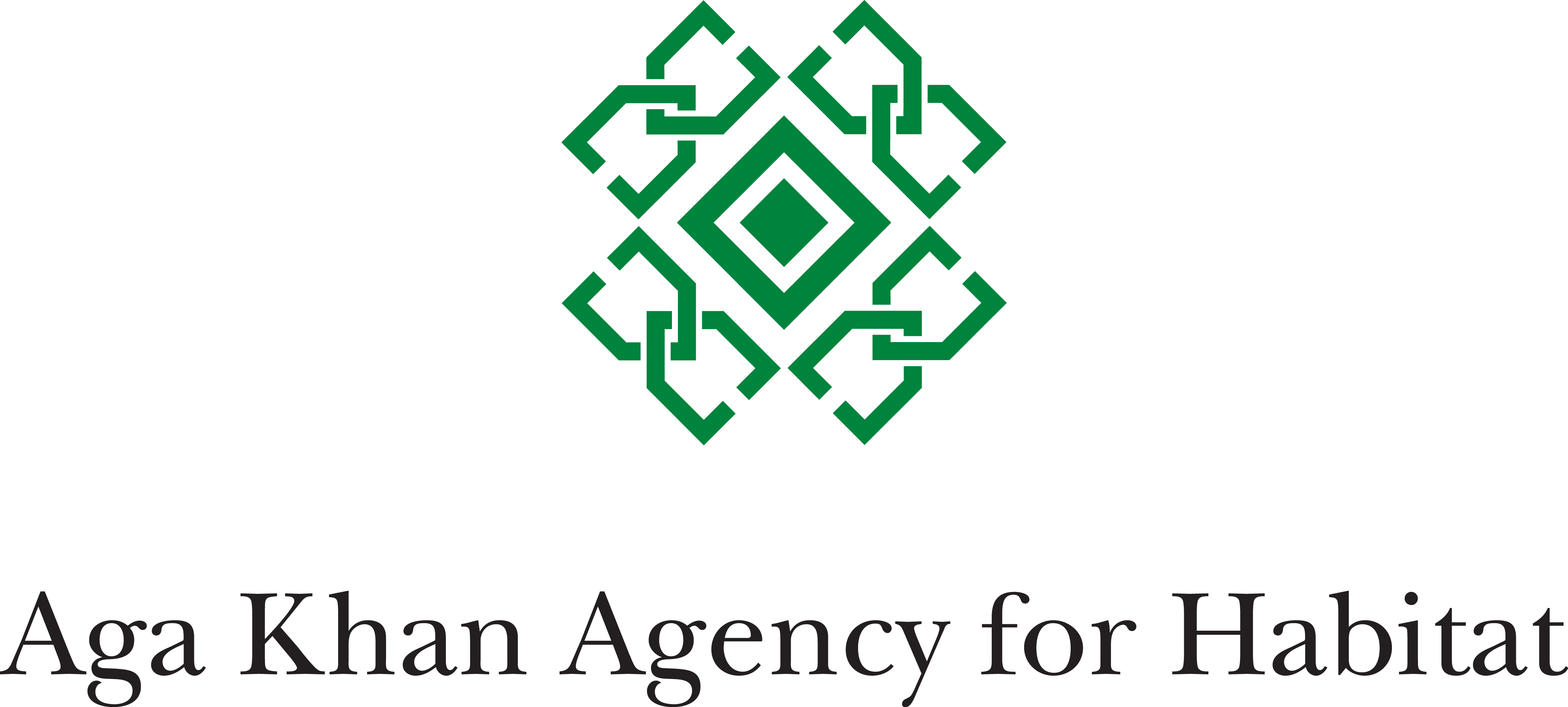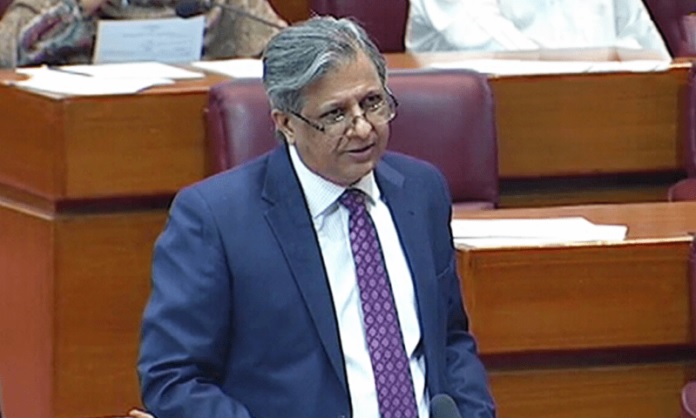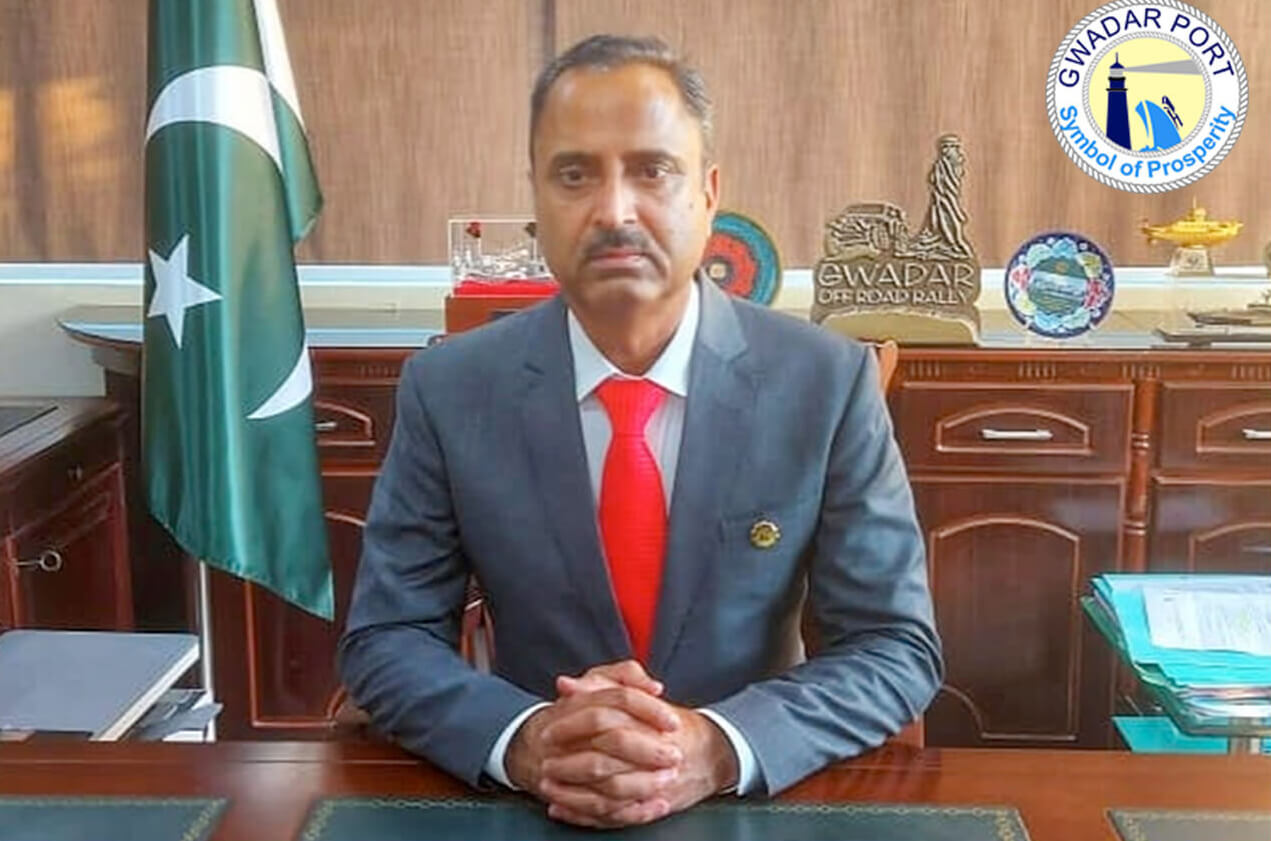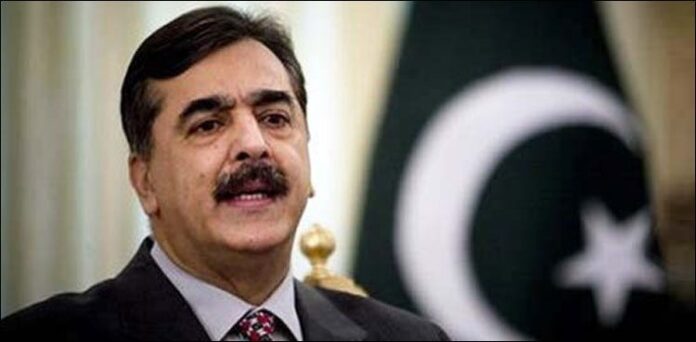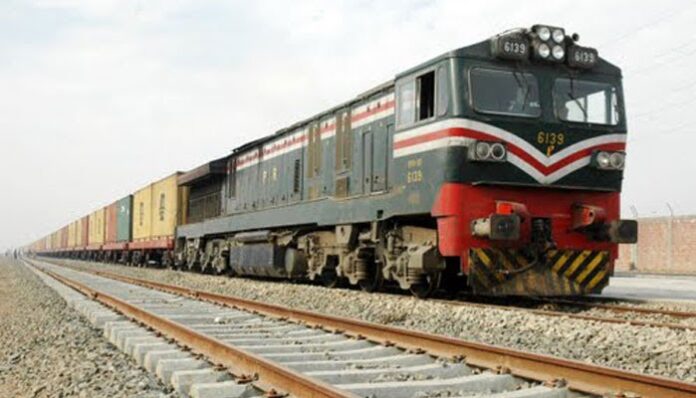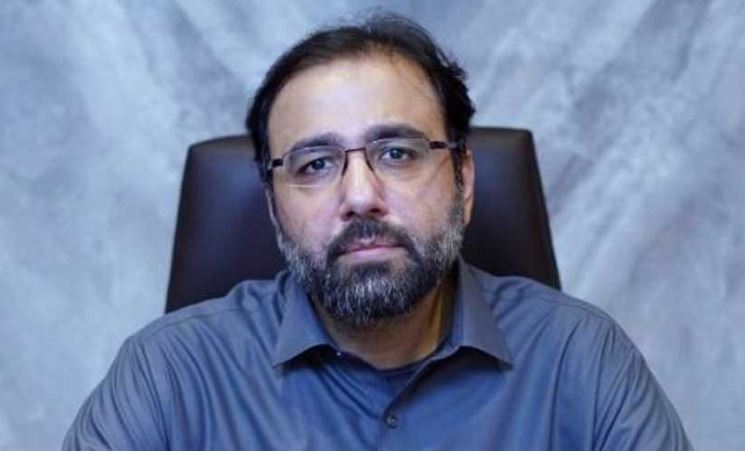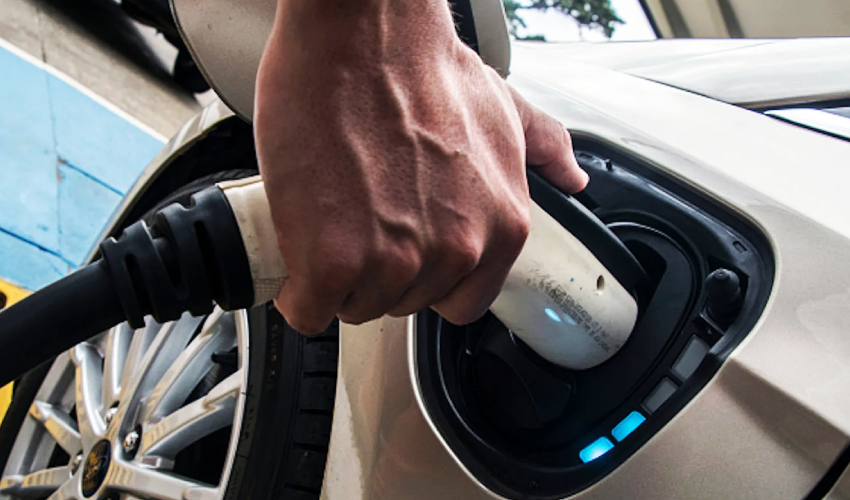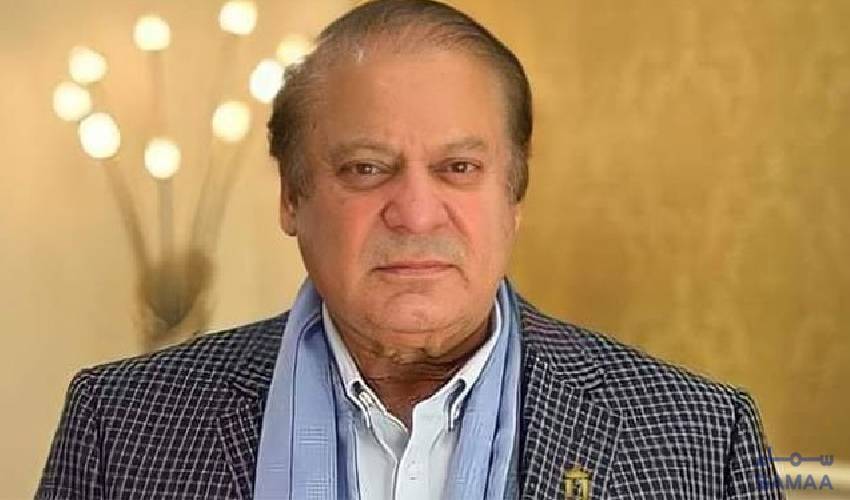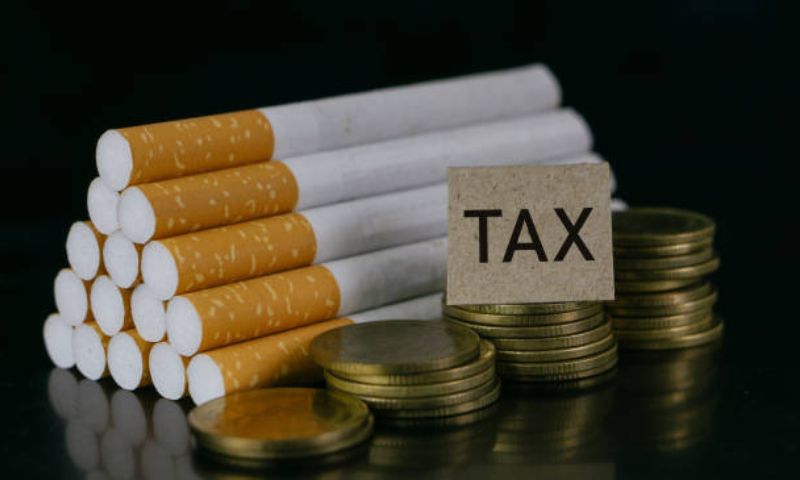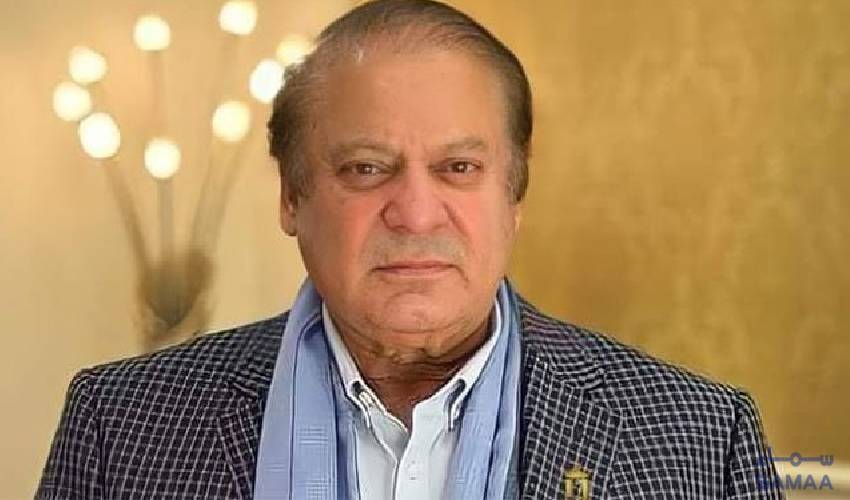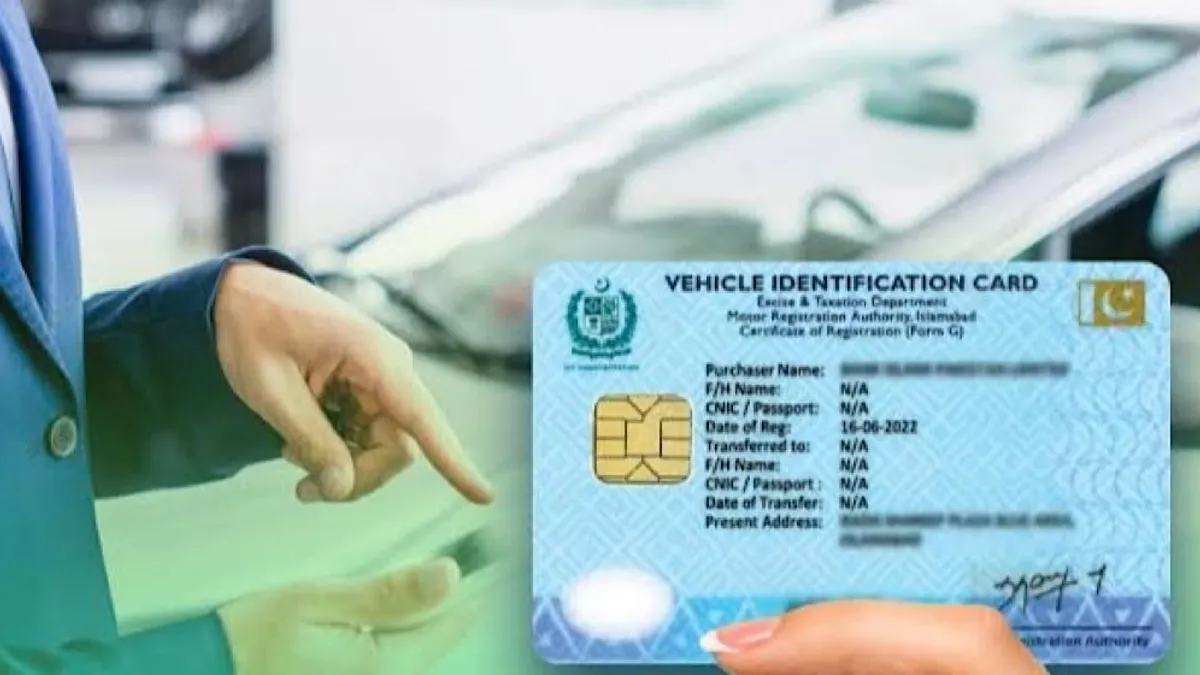ISLAMABAD, May 28 (APP):Health advocates have proposed a 40 per cent increase in taxes on tobacco products in Pakistan to reduce consumption, increase revenue and bridge the gap in health costs associated with smoking.
This proposed increase would translate into a substantial rise in government revenue, estimated to reach Rs336 billion from the current Rs240 billion. The intervention would also significantly impact health costs associated with smoking, projected to be reduced from Rs615 billion to Rs418.2 billion, effectively reducing the gap between revenue and health costs to Rs82 billion.
Mr Murtaza Solangi, Former Caretaker Minister of Information and Broadcasting of Pakistan, said all stake-holders must cast their differences aside and unite to protect our children and youth from an industry which is causing billions of losses to the national exchequer. Increasing tobacco taxes is such a step which should be regularly implemented.
The low cigarette prices are the reason why children and young people initiate smoking. He added, that smoking-related illnesses and deaths incur substantial economic costs in Pakistan’s GDP every year. These increasing health cost burdens encompass health-care expenses, productivity losses due to illness and premature death, as well as other indirect economic impacts.
Malik Imran Ahmad, Country Head Campaign for Tobacco Free Kids (CTFK) said that the effectiveness of high tobacco taxation as a vital measure in combating tobacco consumption, as advocated by the World Health Organization (WHO). The industry can absorb at least a 40% increase in taxes, and the IMF and World Bank have recommended Pakistan introduce a single-tier tax structure for cigarettes.
Despite efforts to increase taxes, low cigarette prices persist, contributing to sustained high consumption levels. By adopting these reforms, Pakistan can make cigarette taxation more effective and align it more closely with international best practices.
He further added that the cigarette prices in Pakistan are still cheaper than in many parts of the world. By utilizing price comparison as a reference point, policy-makers can better understand market dynamics and assess the potential of tax hikes on consumer behavior and government revenue.
Such an approach allows for a more targeted and evidence-based strategy in formulating taxation policies aimed at curbing tobacco consumption while maximizing revenue for public health initiatives.
Malik Imran said that the illicit market share is exaggerated by multinational companies. The industry has been found to underreport production to evade taxes, violating tax laws and prioritizing profits over public health.
Muhammad Asif Iqbal, Managing Director of the Social Policy and Development Centre (SPDC) said smokers’ response to price changes suggests an enormous potential for taxation to discourage smoking in Pakistan. As a result of the recent hike in the FED on cigarettes and the corresponding increase in prices, cigarette consumption has declined by 19.2%.
The estimates suggest that cigarette consumption has declined both in urban and rural areas. He was presenting preliminary results of a nation-wide survey of over 5,000 smokers conducted by SPDC.
Mr Asif Iqbal said that in addition to a significant decline in cigarette consumption, the survey results suggest that smokers have switched from high-priced brands to low-priced or economy brands. The cigarette market is currently dominated by economy brands.
Mr Iqbal said that the share of economy brands has increased from 80% in 2021-22 to 94% in 2023-24. The shift to cheaper brands is more prominent in rural areas, where the share of economy brands is 97% as compared to 88% in urban areas. He added that within the economy brands, consumption of bands that are priced close to the minimum price has increased from 16% to 46%.
He further added that while the sale of loose cigarettes is prohibited by law in the country, the survey revealed that 35% of smokers reported buying loose cigarettes: the ratio is higher in urban localities (44%) compared to rural areas (31%). Moreover, the price of cigarette packs purchased by 26.7% of smokers was below the minimum price prescribed by the government.
This study offers insightful information about how cigarette users behave in response to price fluctuations. The analysis can be used effectively by policy-makers to reform cigarette tax policies and reduce cigarette consumption in the country.
مضمون کا ماخذ : ریل رش

